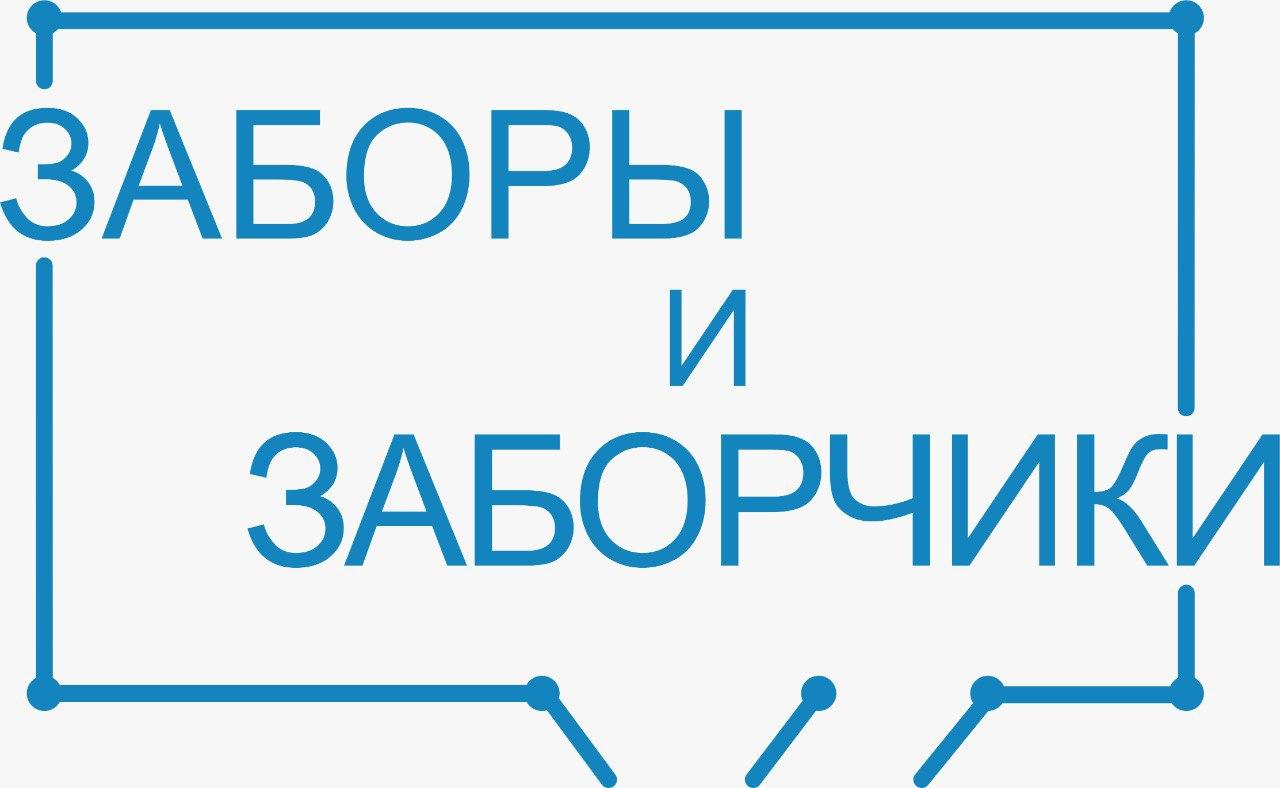Content
Top cloud vendors like Salesforce employ experts in computer science and cybersecurity who update their systems and secure customers’ information, and also take on the burden of meeting regulatory requirements. That frees organizations from having to find and keep cybersecurity talent, assemble dedicated compliance teams, troubleshoot bugs, and adapt to new security threats. Cloud vendors regularly update security protocols to protect users from cyber threats.
- Participants are both suppliers and consumers of resources (in contrast to the traditional client-server model).
- A key concern is whether the customer’s unencrypted data, whether on a disk, in memory or transmitted over the network, can be accessed by the cloud providers themselves.
- Notable examples include Windows Azure, AWS Elastic Beanstalk and Google App Engine.
- Cloud computing is an on-demand service that has obtained mass appeal in corporate data centers.
- The future of cloud computing — as well as the data integration that goes along with it — is bright.
- Initially, you may also encounter resistance among your employees, especially those unfamiliar with cloud technology.
Customers only pay for the central processing unit cycles, storage or bandwidth they consume. Leading public CSPs include AWS, Microsoft Azure, IBM and Google Cloud Platform , as well as IBM, Oracle and Tencent. A private cloud is a proprietary network or a data center that supplies hosted services to a limited number of people, with certain access and permissions settings. Private or public, the goal of cloud computing is to provide easy, scalable access to computing resources and IT services.
Cloud providers manage the infrastructure and platforms that run the applications. SaaS is sometimes referred to as «on-demand software» and is usually priced on a pay-per-use basis or using a subscription fee. In the SaaS model, cloud providers install and operate application software in the cloud and cloud users access the software from cloud clients. Cloud users do not manage the cloud infrastructure and platform where the application runs. This eliminates the need to install and run the application on the cloud user’s own computers, which simplifies maintenance and support.
Deployment models
Cloud backup and recovery services like Carbonite can cost $50 per month. Also implement a cloud DLP solution that protects your data from unauthorized access and automatically disables access when suspicious activity is detected. According to the Salt’s State of API Security Report for Q1 2022, API attack traffic increased nearly 700% from December 2020 to December 2021, showing that it’s a serious threat to small businesses. While there are many benefits to moving your business operations to the cloud, you should be aware of several potential downsides.
Presented as a service on the basis of the concept of cloud hosting. Cloud Computing allows you to access resources, data, services, and applications from anywhere you want, as long as you are connected to the internet. If you are not connected to the internet, some tools and techniques will allow you to access the cloud whenever needed.
If we have made an error or published misleading information, we will correct or clarify the article. If you see inaccuracies in our content, please report the mistake via this form. This allows users to download new versions and fixes to their programs easily.
This example of hybrid cloud extends the capabilities of the enterprise to deliver a specific business service through the addition of externally available public cloud services. Hybrid cloud adoption depends on a number of factors such as data security and compliance requirements, level of control needed over data, and the applications an organization uses. A hybrid cloud is a combination of public cloud services and an on-premises private cloud, with orchestration and automation between the two. Companies can run mission-critical workloads or sensitive applications on the private cloud and use the public cloud to handle workload bursts or spikes in demand. The goal of a hybrid cloud is to create a unified, automated, scalable environment that takes advantage of all that a public cloud infrastructure can provide, while still maintaining control over mission-critical data. Cloud Virtualizationis another important aspect of a cloud system that facilitates the efficient delivery of cloud computing services.
cloud computing
The costs are spread over fewer users than a public cloud , so only some of the cost savings potential of cloud computing are realized. Storing data in the cloud guarantees that users can always access their data even if their devices, e.g., laptops or smartphones, are inoperable. With cloud-based services, organizations can quickly recover their data in the event of emergencies, such as natural disasters or power outages. This benefits BCDR and helps ensure that workloads and data are available even if the business suffers damage or disruption. The “cloud” is a term that simply means “the internet.” Computing involves the infrastructures and systems that allow a computer to run and build, deploy, or interact with information. With cloud computing, you can access and store data and applications online instead of on a hard drive.
Network and provider outages can interfere with productivity and disrupt business processes if organizations are not prepared with contingency plans. Security is often considered the greatest challenge facing cloud computing. When relying on the cloud, organizations risk data breaches, hacking of APIs and interfaces, compromised credentials and authentication issues. Furthermore, there is a lack of transparency regarding how and where sensitive information entrusted to the cloud provider is handled.
Basically, these solutions are relatively simple SaaS applications that support chat-style messaging along with file sharing and audio or video communication. Most offer APIs to facilitate integrations with other systems and enable third-party developers to create and share add-ins that augment functionality. The most popular SaaS applications for business can be found in Google’s G Suite and Microsoft’s Office 365; most enterprise applications, including giant ERP suites from Oracle and SAP, come in both SaaS and on-prem versions. SaaS applications typically offer extensive configuration options as well as development environments that enable customers to code their own modifications and additions.
Snowflake Data Warehouse: A Tutorial
Others are attracted by the promise of greater efficiency and fewer wasted resources since customers pay only for what they use. Still others seek to reduce spending on hardware and on-premises infrastructures. Some integration and data management providers also use specialized applications of PaaS as delivery models for data.

Many of the most popular sites on the Internet are actually web apps. Cloud storage and file-sharing services like Dropbox start with free accounts, but paid plans with advanced features explaining cloud computing services start at $20 per user per month. Building in-house APIs can significantly reduce this security risk. However, not all businesses have the internal expertise or resources to do this.
Key Components of Cloud Computing Technology:
“Cloud computing” is a phrase many of us hear but may not understand. This is because it encompasses several different systems and services, making it feel ambiguous or confusing. Previously, we talked about how desktop applications allow you to perform tasks on your computer. But there are also web applications—or web apps—that run in the cloud and do not need to be installed on your computer.

There is also a hybrid option, which combines elements of both the public and private services. Cloud computing is the delivery of different services through the Internet. These resources include tools and applications like data storage, servers, databases, networking, and software. The easiest way to describecloud computingis computing services delivered over the internet. Platform as a service, is referred as PaaS, it provides a platform and environment to allow developers to build applications and services.
Neither ZDNET nor the author are compensated for these independent reviews. Indeed, we follow strict guidelines that ensure our editorial content is never influenced by advertisers. When choosing a lake or warehouse, consider factors such as cost https://globalcloudteam.com/ and what … File transfer protocol is a mechanism for the transfer of files between systems. Cold wallets, a type of crypto wallet, are digital cryptocurrency storage on a platform not connected to the internet, which protects them from hackers.
What are cloud deployment models?
Cloud computing makes the documents available everywhere because the data actually lives on a network of hosted servers that transmit data over the internet. In a hybrid cloud environment, a business’s private and public clouds are connected, so they’re able to share data and applications. IaaS is the most basic level of cloud solution in a cloud computing model. In an IaaS model, a cloud provider (rather than an on-premises data center) hosts infrastructure components like servers and networking hardware. It’s an optimal option for companies looking to build applications from scratch and have more control; however it does require internal technical skills for successful execution.
Public cloud
In these and countless other business use cases, cloud computing can facilitate enhanced security and streamlined data entry, not to mention time-saving automation. Cloud computing uses computers connected by the Internet to store, manage and process data. Rather than running all kinds of files and applications on a local server or a personal computer, the cloud does the computing elsewhere and delivers information to computers and devices through the Internet. Because cloud computing effectively eliminates the time and cost it takes for businesses to collaborate and share information, it is a great tool for businesses of all sizes.
That’s usually better for business health because operational expenses are tax-advantaged and pay-as-you-go. That translates to more flexibility, less waste, and often better ROI. Reviews recent trends and the march toward a cloud computing industry that could be worth as much as $5 trillion.
This increases productivity and allows faster exchange of information. Employees can also work on the same document without having to be in the same place. SaaS – Is the business model of software license, which involves the development and support of the software vendor. Customers also have the opportunity of paid use of it, usually through the Internet. Now, as you know what is cloud computing, its benefits, and the cloud categories, let’s have a look at the difference between Iaas, Paas, and SaaS. Let’s now look at the types of cloud computing in this what is cloud computing Bootcamp article.
What is Software as a Service?
Through internet this service is available to users anywhere in the world. The potential for cost saving is the major reason of cloud services adoption by many organizations. Cloud computing gives the freedom to use services as per the requirement and pay only for what you use.
Virtualisation increases the utilisation of resources by making each virtual devices act as a physical equivalent, expanding the capacity of each physical machine. SaaS gives increased flexibility when compared to traditional computer systems, allowing businesses to scale the computing requirements quickly and efficiently to meet needs. Presented below are each of the cloud service models in more detail. PCMag.com is a leading authority on technology, delivering lab-based, independent reviews of the latest products and services. Our expert industry analysis and practical solutions help you make better buying decisions and get more from technology. So-called «dumb terminals» that lack local storage and connect to a local server or mainframe go back decades.
